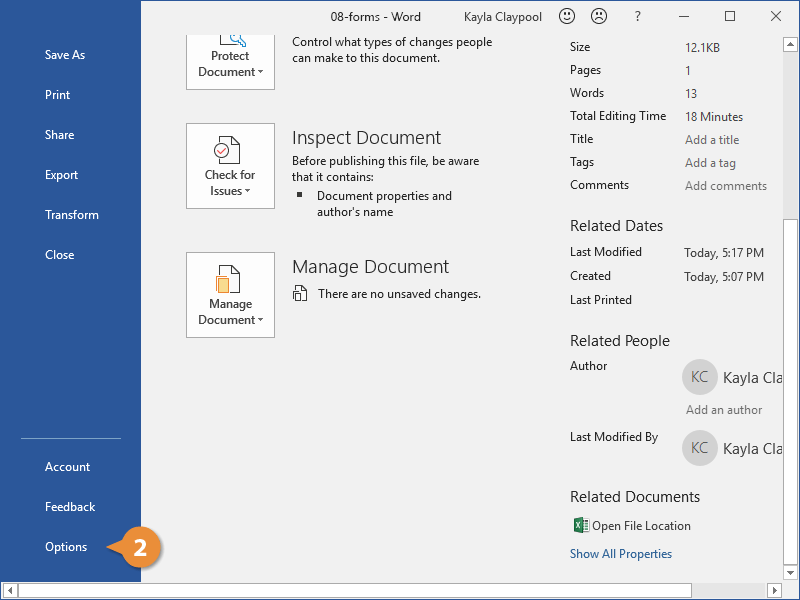

Select AutoExec in the list of macros and then select Edit.Īdd the following code to the AutoExec macro: MsgBox "You're seeing the AutoExec macro in action", vbMsgBoxSetForeground On the Tools menu, point to Macro and then select Macros. Find the command bar and then select the square (Stop Recording) button to stop recording. A small two-button command bar appears on your Word document or elsewhere on the Word desktop. By default, the macro is saved in the Normal template. In the Record Macro dialog box, type AutoExec under Macro name, and then select OK. On the Tools menu, point to Macro and then select Record New Macro. select Trusted Sources, select Trust all installed Add-ins and Templates, and then select OK.Ĭreate an Auto-Exec macro. In the Security dialog box, select Security Level and then select Medium. On the Tools menu, point to Macro and then select Security. Create an Auto-Exec Macro and an Auto-Open Macro You may prevent an Auto-Open macro from running by holding down the Shift key when you open a document. An Auto-Open macro does not run when it saved as part of a global add-in. When a document is opened, an Auto-Open macro runs if the Auto-Open macro is saved as part of that document or if the macro is saved as part of the template on which the document is based. Select a document from the Most Recently Used (MRU) list on the File menu.Auto-Open runs when you open a document in the following ways: The Auto-Open macro runs after you open a new document. Auto-Exec macros are also suppressed when Word is started from an Automation client. To use these switches, select Start, select Run, type either winword /m or winword /embedding, and then select OK.Īnother method you may use to suppress an Auto-Exec macro is to press the Shift key while Word starts.

One way is to start Word from the command line by using either the /m or the /embedding switch.

You can suppress the Auto-Exec macro in several ways. For example, you can use an Auto-Exec macro to change the default directory when Word starts. By using an Auto-Exec macro, you can make adjustments when Word starts but before a document is created or loaded. Auto-ExecĪn Auto-Exec macro runs when Word starts if the Auto-Exec macro is saved as part of the default (Normal.dot) template, or if it is saved as part of a global add-in. This article discusses how these macros work and how they behave in various situations. You can use the Auto-Exec and Auto-Open macros in Word to establish default paths, styles, links, environment conditions, and so on, at the time Word opens a new document or opens an existing document.


 0 kommentar(er)
0 kommentar(er)
